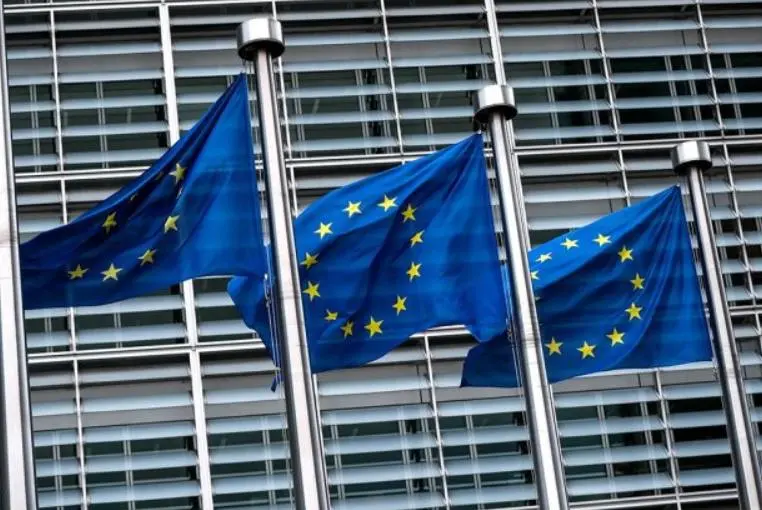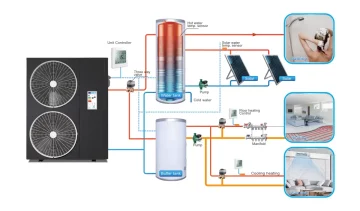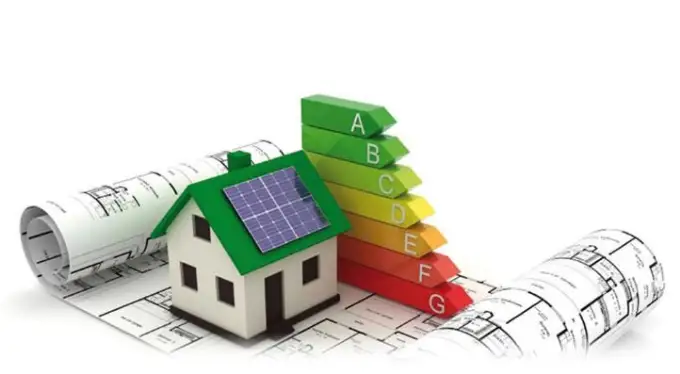The European Parliament has voted to double the share of renewable energy in consumption by 2030
Taking into account RED3, the revised Renewable Energy Directive, the European Parliament supported the proposal to achieve a target share of renewable energy of 42.5% in final energy consumption in the EU by 2030. This is compared to the previous target of 32% and the level of 21.8% recorded in 2021.
The European Parliament voted to accelerate the deployment of renewable energy in line with the European Green Deal and the REPowerEU plan. The updated version of the Renewable Energy Directive, named RED3, was adopted with 470 votes in favor and 120 against. The legislation has already been agreed with the Council of the European Union, which now leaves only the Member States the possibility to formally enact it.
The vote establishes a mandatory target share of renewable energy in final energy consumption at 42.5% by 2030 but with an indicative increase aiming for 45%. The previous target was 32%, and in 2021, the last year for which official statistics were published, this figure was only 21.8%.
RED3 is also part of the Fit-for-55 package of policy measures aimed at reducing net greenhouse gas emissions by at least 55% by the end of the decade.

Breakthrough in low-carbon hydrogen
The directive was revised after lengthy and intensive negotiations. The final stumbling block was low-carbon hydrogen. Almost all hydrogen is currently produced from fossil gas. The European Commission promotes environmentally friendly or renewable hydrogen, produced by electrolysis of water using renewable electricity, as an energy storage and a solution that will help decarbonize several industrial sectors.
This technology is still far from profitability and depends on huge EU subsidies. Additionally, hydrogen can be used to produce ammonia, a material needed for fertilizer production. Moreover, ammonia can be used as fuel, which is much easier to handle than gaseous hydrogen.
France and its allies secured an exemption for hydrogen and ammonia produced using nuclear energy.
In the late stage of negotiations, the block of nuclear member states led by France blocked RED3. A breakthrough was achieved only after nuclear power-based hydrogen production capacities were partially included in the targets.
The amount of greenhouse gas emissions in this process is only slightly higher than when using renewable energy sources. Both types together are called low-carbon or clean hydrogen, and the version intended only for nuclear energy is called pink hydrogen.
As for the overall goals, by 2030 the share of renewable hydrogen used for industrial purposes was set at 42%.
RED3 maintains subsidies for biomass
Some critics, mainly environmental advocates, are not satisfied with the introduction of renewable energy development zones that member states must declare. The measure is aimed at halving the permit issuance period in such designated zones to 12 months. An exception has been made at the expense of environmental protection standards, argue opponents.
Now the EU needs to reduce emissions in transport by 14.5% through increased use of renewable energy sources, biofuels, and hydrogen. Alternatively, member states can choose a target share of renewable energy in final energy consumption of 29%. The directive includes an indicative target for 2030 – to ensure a share of renewable energy in buildings of at least 49%.
Environmental organizations have stated that reducing permit issuance times for renewable energy utilization areas will undermine the environmental assessment.
Another ongoing dispute concerns the use of biomass, as some in the scientific community consider it largely unsustainable. In the final text, the EU tightened the standards but retained the label “renewable energy sources” and subsidies.
Eurelectric, the European association of the electricity industry, highly praised the adoption of the proposed revision, especially the structure of renewable energy sources. They noted that slow licensing is “undoubtedly the main bottleneck” at the moment. Sometimes it takes up to eight years to obtain all permits, while the construction of power plants itself can be completed in less than four years, it is added in the statement.
The trade organization appealed to decision-makers in the EU to ensure regulatory certainty, emphasizing that intervention in the electricity market reduces incentives for investments in renewable energy sources. Among other things, Eurelectric pointed out network limitations and estimated that the modernization would cost between 60 and 110 billion euros per year.


